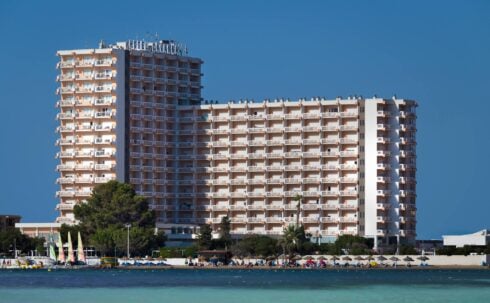ALREADY a seasoned hiker of the Camino de Santiago? Want to try something new? The Olive Press takes a look at what alternative pilgrim routes are on offer.
The Camino de Santiago is not the only route in Spain for prospective pilgrims: in the last years, and particularly following the pandemic, many hikers have tried other routes.
The following routes all invite the pilgrim to escape to nature, feel introspection, learn about history, and enjoy the simplicity in hiking long distances. Whether with religious, cultural or literary origins, try them out at your own leisure!
READ MORE: Raging wildfires force partial closure of Spain’s world-famous Camino de Santiago
El Camino del Cid: Inspired by El Cid Campeador, the Castilian knight and ruler in medieval Spain, the route traverses across places which appear in the 12th-century Spanish epic poem Cantar de Mio Cid. It goes across eight regions in Spain, from Burgos to Alicante, passing through Soria, Guadalajara, Teruel and Valencia. This route is ideal for lovers of medieval history as it mixes heritage with the legend of El Cid himself.
El Camino Ignaciano: recreates the journey of San Ignacio de Loyola in 1522 from Azpeitia in Guipuzcoa in the Basque Country to Manresa in Barcelona. San Ignacio was a priest and theologian who played a key role in the Roman Catholic Counter-Reformation. This route of 700km passes through the Basque Country, La Rioja, Navarra, Aragon and Catalonia, and is suited to those in search of self reflection and introspection.
Ruta Mariana: with more of a religious and devotional appeal, this route links five sanctuaries dedicated to the Virgin: El Pilar in Zaragoza, Torreciudad in Huesca, Montserrat in Barcelona, Meritxell in Andorra and Lourdes in France. A route more than 1000km long, it is ideal for those in search of spirituality, nature and meditation.
Ruta Teresiana: this route links the cities of Avila and Alba de Tormes, where Santa Teresa of Avila was born and died. A considerably shorter route of 120km, which usually takes between 4 and 6 days to complet, and which passes by historic villages such as Fontiveros, Mancera and Macotera.
El Camino Lebaniego: a more mountainous option, in the north, and an ode to Cantabria’s beauty. Connecting San Vicente de la Barquera with the monastery of Santo Toribio de Liebana (which interestingly is one of the five holy cities in Catholic Christianity along with Rome, Jerusalem, Santiago and Caravaca de la Cruz. Spain is home to three of the five holy cities).
El Camino de San Olav: in Asturias, the Camino de San Olav is one of the newest paths. It connects the coast of Gijon with Covadonga and passes by Nava and Pilona. The route takes its name from the patron of Norway, San Olav, and is considered an intercultural route celebrating the coming together of cultures and religions. It is also considerably shorter than the other routes, covering a total distance of 58km, running through 13 municipalities in Burgos.
Happy hiking!
READ MORE: Why walking the Camino is an experience you cannot miss
Click here to read more News from The Olive Press.








